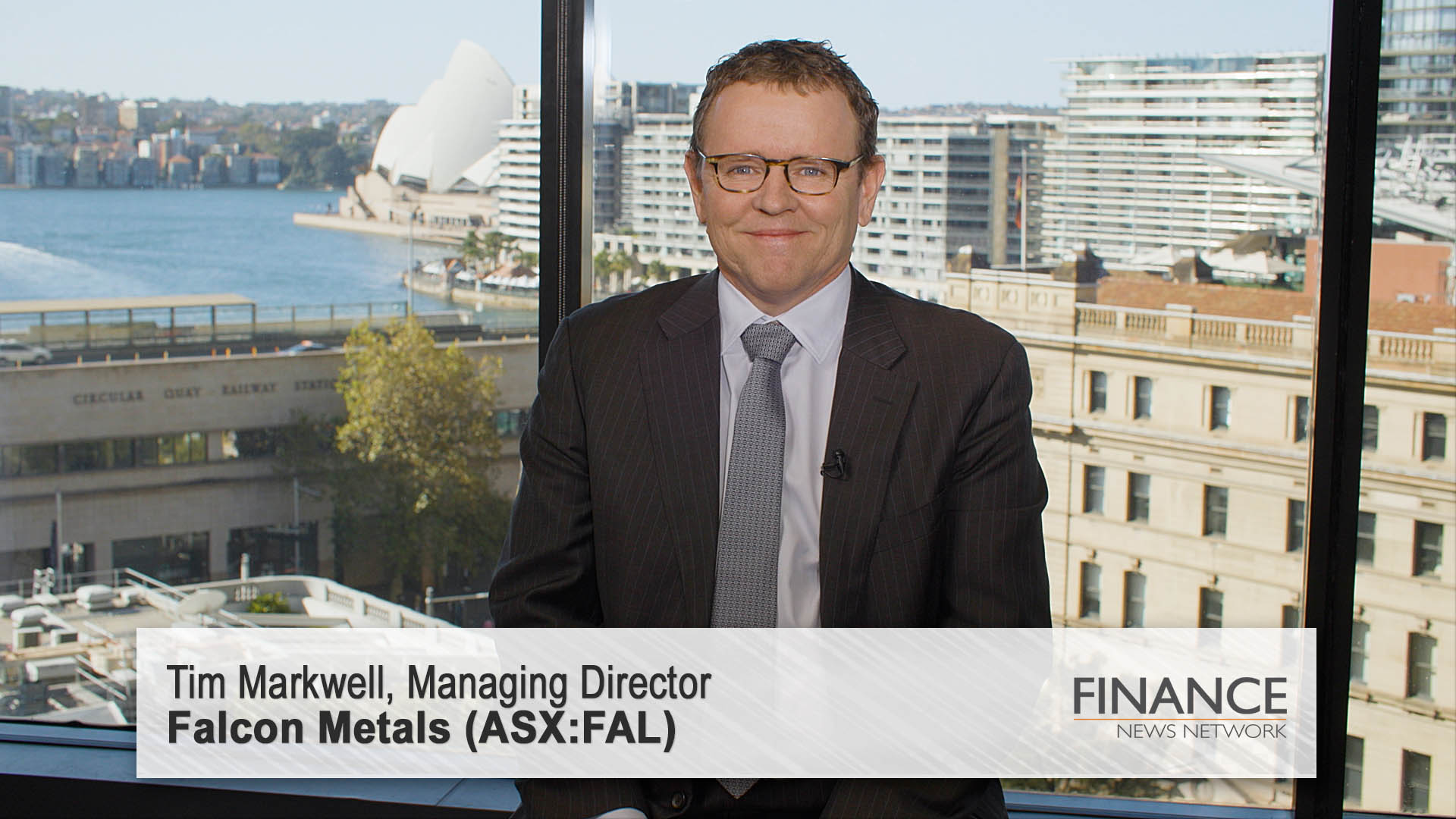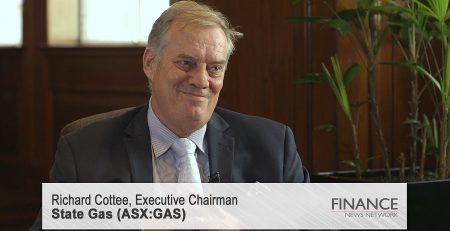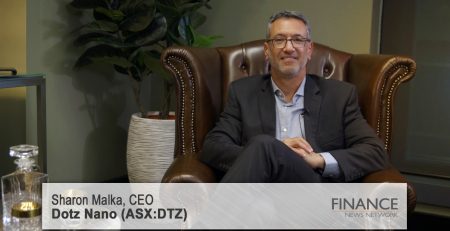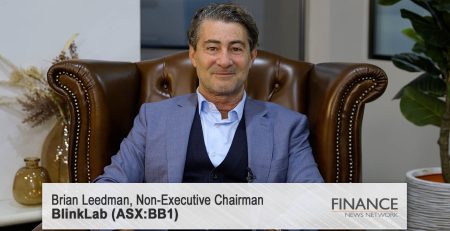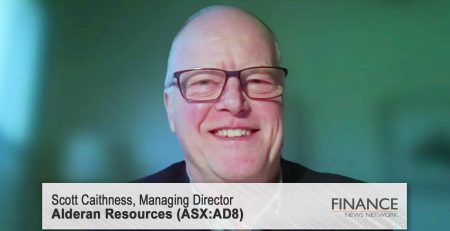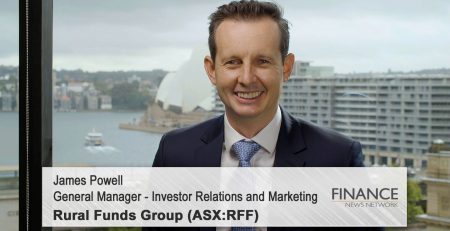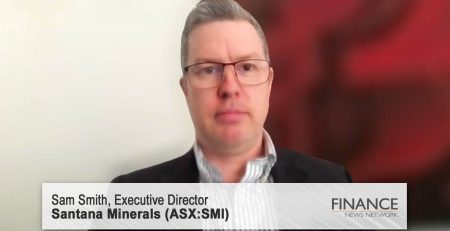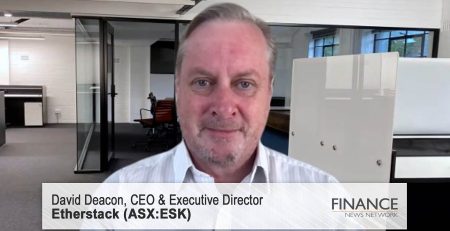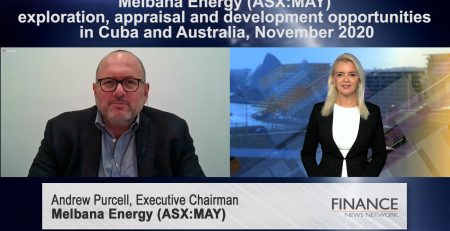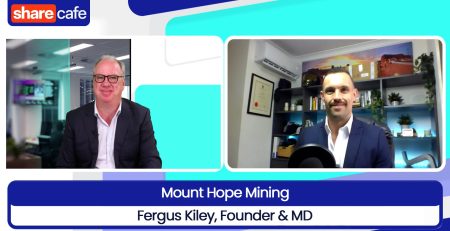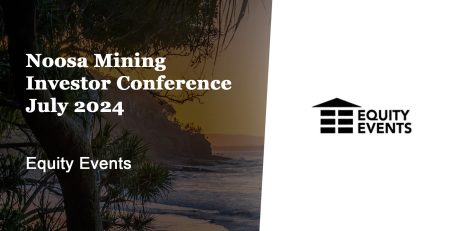Searching for gold in the largest holding in Bendigo
Falcon Metals Limited (ASX:FAL) Managing Director Tim Markwell discusses progress with the company's gold exploration, touching on key prospects and the results timeline.
Tim McGowen: We're talking today with Falcon Metals (ASX:FAL). It's got a market cap of around $59m. We're joined by Managing Director Tim Markwell. Tim, welcome to Sydney. Nice day out there. Thanks for your time.
Tim Markwell: Thanks very much, Tim.
Tim McGowen: Now for those potential investors who don't understand the Falcon Metals story, can you give us some background?
Tim Markwell: Sure. So, we listed in December 2021, and it was via a demerger of Chalice Mining (ASX:CHN). Many of your subscribers may know that Chalice made a huge discovery in 2020, but prior to that discovery, the Julimar deposit in WA, their flagship asset was the Pyramid Hill Gold Project in Victoria, which is a very large strategic position north of Bendigo, exploring for gold. So, they made the pretty sensible decision at that point to demerge our project, put in a Victorian-based management team, and raise $30m on the ASX. So, that's what we did, and we've been drilling now for about 18 months.
Tim McGowen: Yeah, I was going to ask you about that drilling program. It's been very large. When is completion expected there?
Tim Markwell: Up until today, we've done about 60,000m of air core drilling plus some diamond holes. We do have to stop when it gets a bit wet, so we're probably finish in about June. So, we've probably got another few weeks of drilling to go. So, we still have two air core rigs operational at the Pyramid Hill Gold Project.
Tim McGowen: And what's the scale and size of that project?
Tim Markwell: Oh, it's a massive ground position. So, we have more than 5,000 square kilometres north of Bendigo. It is the largest ground holding in Bendigo. And I think you do need that large ground position to find a large deposit. We are looking for a Bendigo or a Fosterville orebody.
Tim McGowen: And you released some air core results in late April. What were the key highlights here?
Tim Markwell: We put some results out in February where we got a high-grade trend at our Ironbark East Prospect, and we did a little bit more infill drilling there, which we put the results out in April. And that extended that Ironbark East anomaly a further 100m to the south. So, that had grades up to 50g per tonne from air core drilling, which is a very high grade. So, that got our attention. So, we did some diamond holes there, and we announced that we'd completed that or done those five diamond holes at our Ironbark East Prospect as well, including an extra hole because we discovered a new zone 200m to the west, so we put a diamond hole in that as well. But we also announced two new trends that were more than a kilometre long, and these are quite close to Bendigo itself.
One of them, the Wandoo prospect, is only 20km west of Bendigo. And it's quite extraordinary that you can still make discoveries of this scale of more than a kilometre long of anomalous gold so close to Bendigo. So, we announced two of those trends, another one to the north called Banksia, which is a 3.5km-long gold anomaly. And that is a nice, big footprint, which is what we're looking for. So, we've straightaway done some infill drilling at both of those prospects and quite substantial infill drill programs, and we probably have results coming out in about June.
Tim McGowen: And can you talk to your other key prospects at Pyramid Hill, Ironbark and Karri?
Tim Markwell: Sure. So, Ironbark is the one where we got those high-grade results that we announced in February. This is a really interesting one because it's hosted in diorites, and that is a new style of mineralisation to Bendigo — but not to Victoria, importantly. So, there are some diorite-hosted orebodies in Eastern Victoria, in the Walhalla-Woods Point goldfields. And there's a deposit we like to use as an analogy, which is called the Cohen's Reef. And that had 1.5 million ounces at 32g. It was mined historically, but that is a tremendous analogy to use. So, when we found some gold mineralisation in diorite, we got quite excited, and that's where we've focused a lot of our recent drilling.
So, that's Ironbark, and as I said, we did some diamond drilling there, and hopefully we'll have results for that diamond drill program out later this month. Karri's an interesting one because that's another one of these big footprints. So, that's a more traditional Bendigo-style prospect. So, it's a 4km-long zone of anomalous mineralisation. Again, that's the sort of anomaly you need to find a major orebody.
Tim McGowen: And when you touch on Bendigo, for those investors who don't understand the significance of that discovery, are there any parallels with where you're positioned to what's happened historically?
Tim Markwell: Sure. So, Bendigo was a 22 million-ounce goldfield. So, that is of world significance. And it's also quite close to the Fosterville goldmine, which is just to the east of Bendigo. And that's currently being mined today, and that's a 9 million-ounce goldfield. Importantly, over the last few years, it's been the highest-grade, most profitable gold mine anywhere in the world, which is quite extraordinary that it's in Victoria. Not many people really know that fact. So, our ground is to the north of this, and it's where those same structures that host Bendigo and Fosterville go under some cover. So, we have a little bit of sediment over the same rocks that host those major deposits, and we're drilling through that cover where no one's really properly explored before. So, that's the key thing with Falcon, is the fact we are drilling under cover near major world-class orebodies where no one has really done this type of work before, and we're getting good results, which is the important thing. We've shown that our process does work.
Tim McGowen: And in terms of results and milestones and further drilling, what's the next 12 months look like?
Tim Markwell: So, very busy period right now. So, we have a lot of assays to come over the next few months. So, we have our diamond results at Ironbark East later this month. We have a whole lot of air core results coming out, probably in June, at our Wandoo and Banksia prospects with infill drilling. And we've also done quite a large regional program as well. We're looking for the new prospects, the new ones that we can drill out in subsequent years. So, we've got quite a large regional program happening all the way up north, near Kerang and Pyramid Hill. We'll probably still have results coming out till about July, I would think. Then there's a bit of a quiet period for Pyramid Hill, where we assess the work and look at all the results. And then we'll start up again as soon as the weather allows us, probably in November and December. But in the meantime, we've got two WA assets, so we'll do a little bit of work in our WA assets, which is a soil-sampling program which starts quite soon.
Tim McGowen: Tim Markwell, thanks for your time.
Tim Markwell: No problem. Thanks very much.
Ends
Copyright 2023 – Finance News Network
Source: Finance News Network

